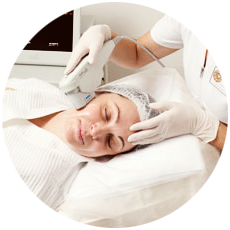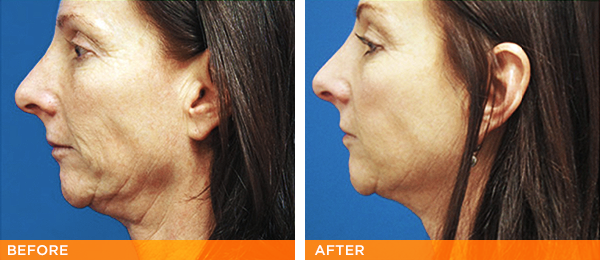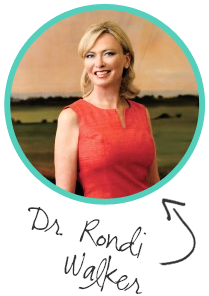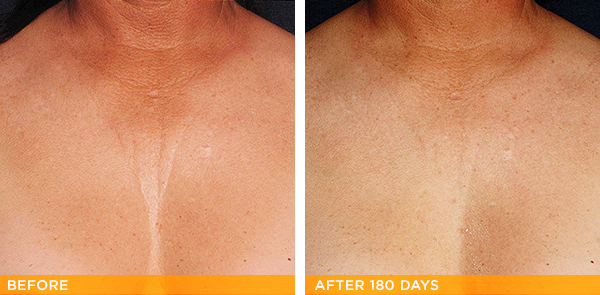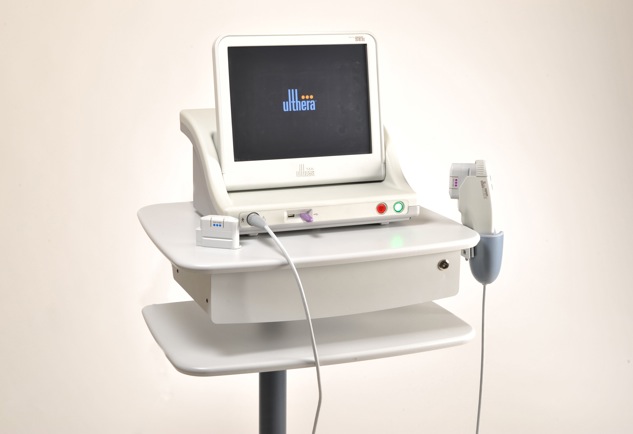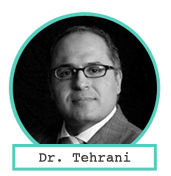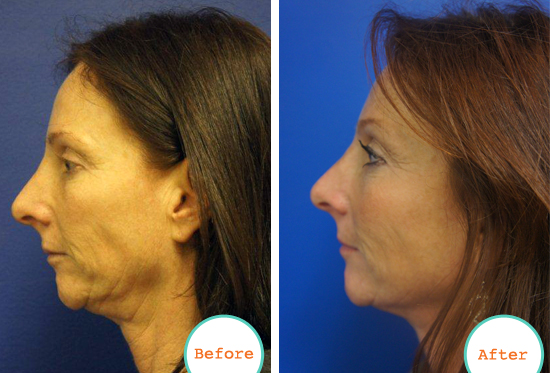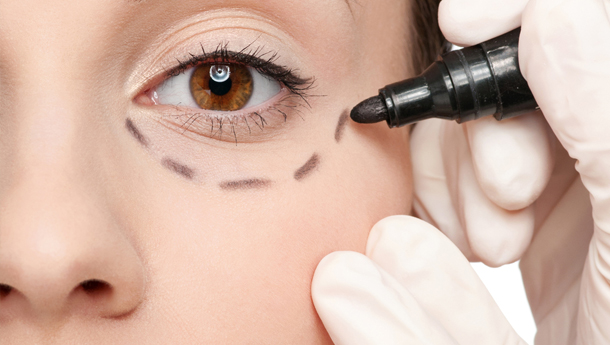


Given the proliferation of facial procedures available today, from fillers to surgery, how does a woman intelligently decide the best treatment(s) for her face and the best doctor to do it?
Yes, the incredible array of procedures is confusing to patients, as well as to doctors who want to perform at a state-of-the-art level. That’s the reason some doctors decide to specialize in only one or two procedures. Often patients will seek out a doctor they heard is the ‘best’ for Botox injections, for example, then go to someone else who they heard is great for another procedure.
Is that a smart move on the patient’s part?
In the short term, that works if all you need is the single treatment. Over time, as aging advances, you want all parts of your face to look harmonious, cohesive and natural and there’s less chance of that happening when you’re using multiple doctors.
What’s your specialty?
I specialize in facial rejuvenation, everything surgical and non-surgical, not just in one or two procedures. Over 70 percent of my practice is devoted to rejuvenation. I look at the full face thinking about what is needed now and coordinating for the future.
Please define facial rejuvenation?
Rejuvenation is the process of restoring a patient’s appearance so she looks more youthful and beautiful, but still normal —like herself, just a while back.
At what age should a woman start to rejuvenate her face?
While it will be a little different everyone, changes start to show in most people by the beginning of their forties. I believe the best strategy is to use the least aggressive options possible at an earlier stage, as issues come up. Then when they are no longer effective, a bigger intervention can be selected. I’d rather keep the face looking young than wait until it falls apart and try to pull everything back together. If you wait until you’re 50 or 60 to get work done on your face, you’ll have to play catch up.
How do you analyze the face to determine what treatments are necessary?
We look at three areas of the face:
- The skin surface: Has the sun affected it, for example? Are there spots, wrinkles, Rosacea? These issues are usually treated with non- surgical, energy-based procedures, such as lasers as well as skin care and skin products.
- The skin laxity: Surgical lifts remedy loose skin on areas including brows, neck, eyes and face.
Non-surgical tightening includes Ultherapy, which uses sound energy, and Thermage, which uses radio frequency energy to stimulate collagen production in the skin without disturbing the surface of the skin. This produces a smoothing and tightening of the skin.
Most of the non-surgical lifting technologies are best if used early, to maintain tightness in the face and neck. They are also best when used on a regular basis, unlike surgical lifts, which have a more dramatic result and longevity. Non-surgical treatments shouldn’t be considered a replacement for surgical procedures, but more as preventative treatments to help increase the time before a surgical intervention is required.
- Volume Loss: Women start to lose facial fat in their thirties, which initially provides a more sculpted look, eliminating the chubby baby face of youth. But it’s not so nice once they reach forty plus. And when they reach fifty plus, the fat loss starts to accelerate, as do bone and muscle loss.
These changes, subtle at first, make women look haggard. Off-the-shelf fillers, such as Radiesse, can be used to increase the volume in the cheeks, fill in the sunken areas under the cheeks, fill in the depression in front of the jowl and help build out the angle of the jaw.
Fat injections, which are minimally invasive and don’t require general anesthesia, can take up some loose skin and restore the volume, but they do have a longer period of downtime and swelling than injectable fillers, which only offer minimal, if any, bruising and swelling.
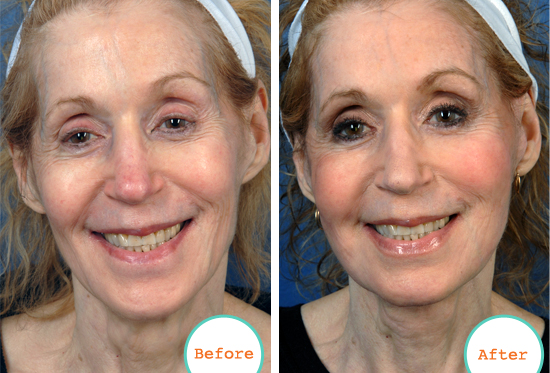
A facial rejuvenation performed by Dr. Lawrence Bass.

What if a 55-year-old woman wants a non-invasive treatment but you think she needs a surgical lift? What do you tell her?
Non-surgical skin tightening is an extremely useful option in facial rejuvenation, but even in a best case scenario, provides only a fraction of the improvement of a surgical facelift. The facelift remains the gold standard. And remember, it’s not your grandmother’s facelift. There have been so many improvements. It’s safer, with less recovery and better correction than ever before. A modern facelift provides an exceptionally natural look.
Still, everyone’s life circumstances are different. Sometimes, a treatment is selected that doesn’t maximize the improvement because the priority is limiting or eliminating recovery time due to work or family obligations or health issues. Compromise is part of the decision-making in everything we do in life, as long as we make the decision with all the facts –with our eyes open. I partner with my patients to work through these decisions.
Fat injection or fillers can be used to take up a little skin laxity but trying to fix moderate laxity with fillers will leave you looking like a pumpkin. Not a good idea. The issues are different for everyone, but understanding what’s happening to your face overall will help you decide what treatment is wisest.
What do you recommend to a woman who knows she needs a facelift, but can’t afford it?
It is never a happy thing to feel that you can’t get what is medically ideal because of money. But because aesthetic surgery is paid out of pocket, budget is a reality of aesthetic decision-making. Sometimes a more limited option, like a mini-facelift, is an excellent alternative to a full procedure.
Still, you only have one face. Everyone sees it all day, every day. Consider this: Your face has been aging over the 30 years since you became an adult. Think about how much money you’ve spent on automobiles, on your favorite hobby, or on vacations during this time. Your one-and-only-face is an incredibly valuable asset. Saving and budgeting money to preserve or restore it still is only a fraction of what you’ve spent on any of these other things over the time your face has been aging.

.

Dr. Lawrence Bass
Bass Plastic Surgery PLLC
568 Park Avenue
New York, New Yorl 10065
Tel: (212) 593-2600
www.drbass.net
Click here to view Dr. Bass’s patient before and afters.

